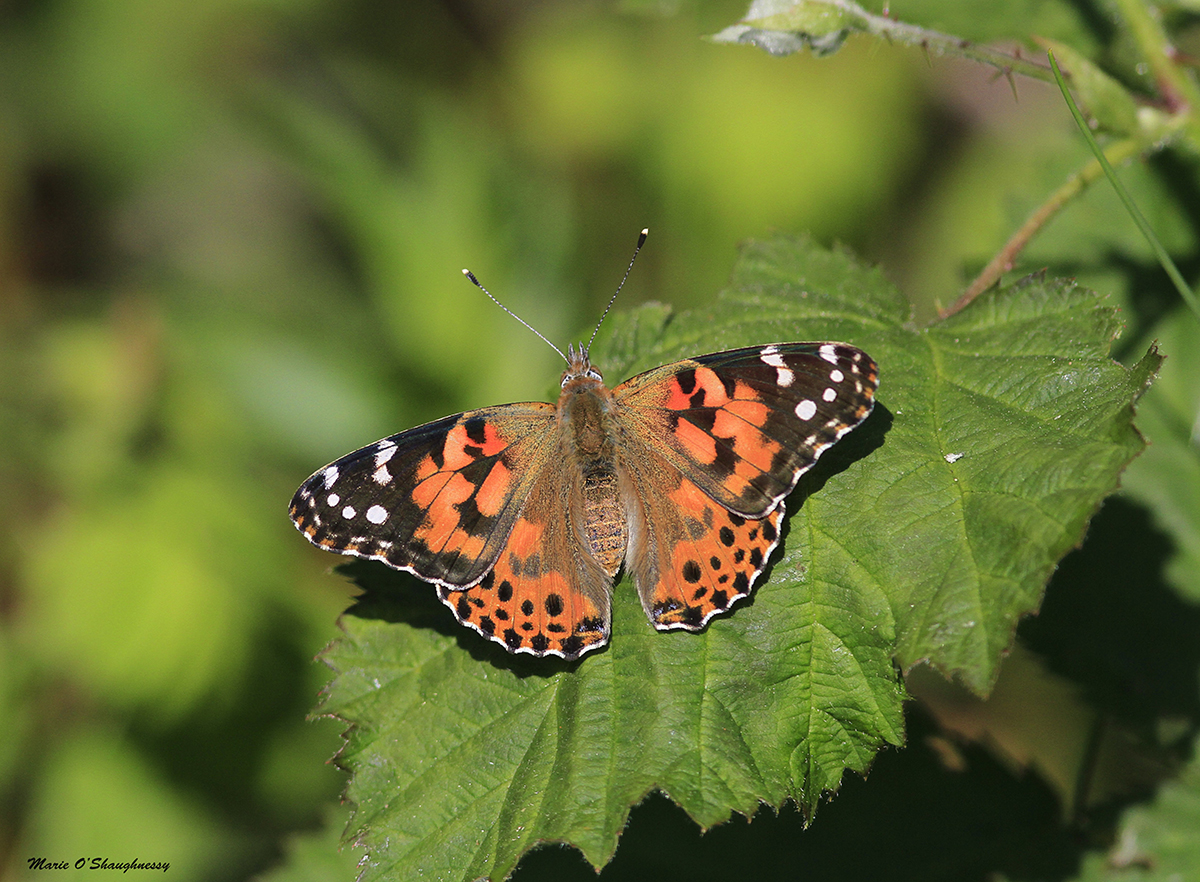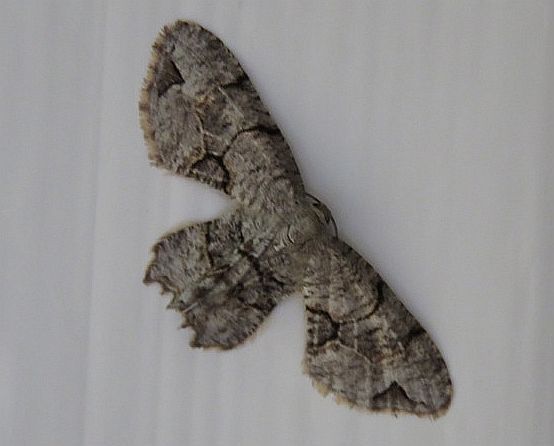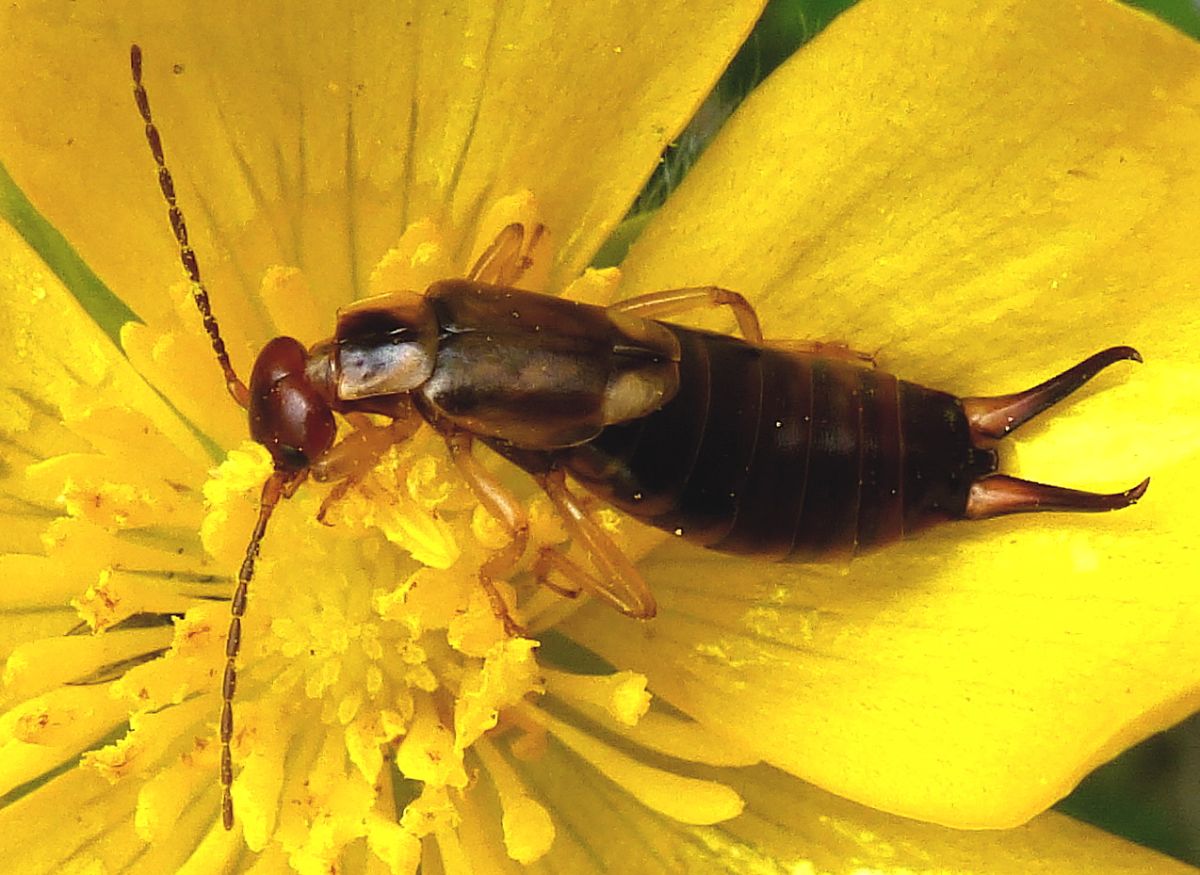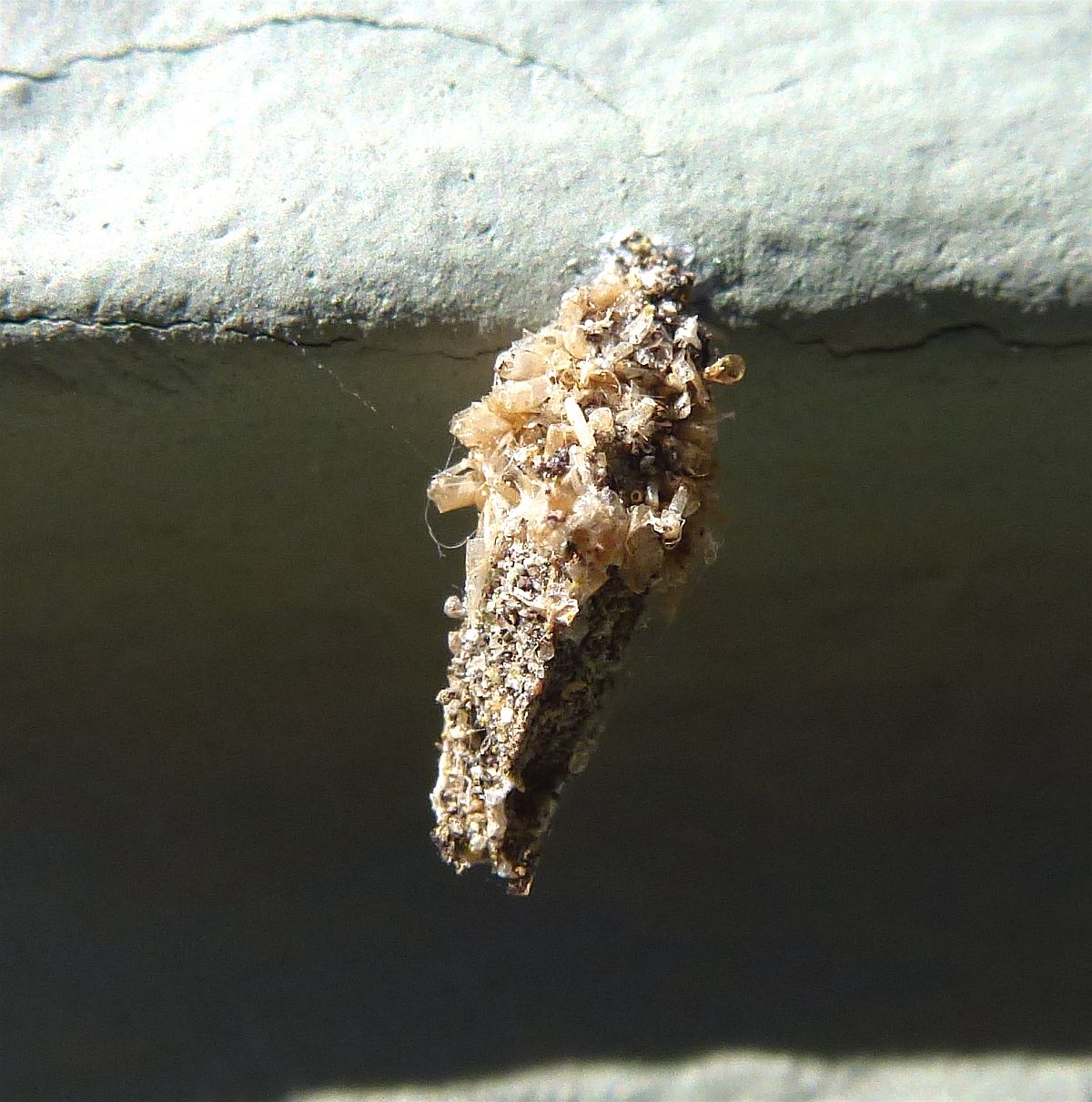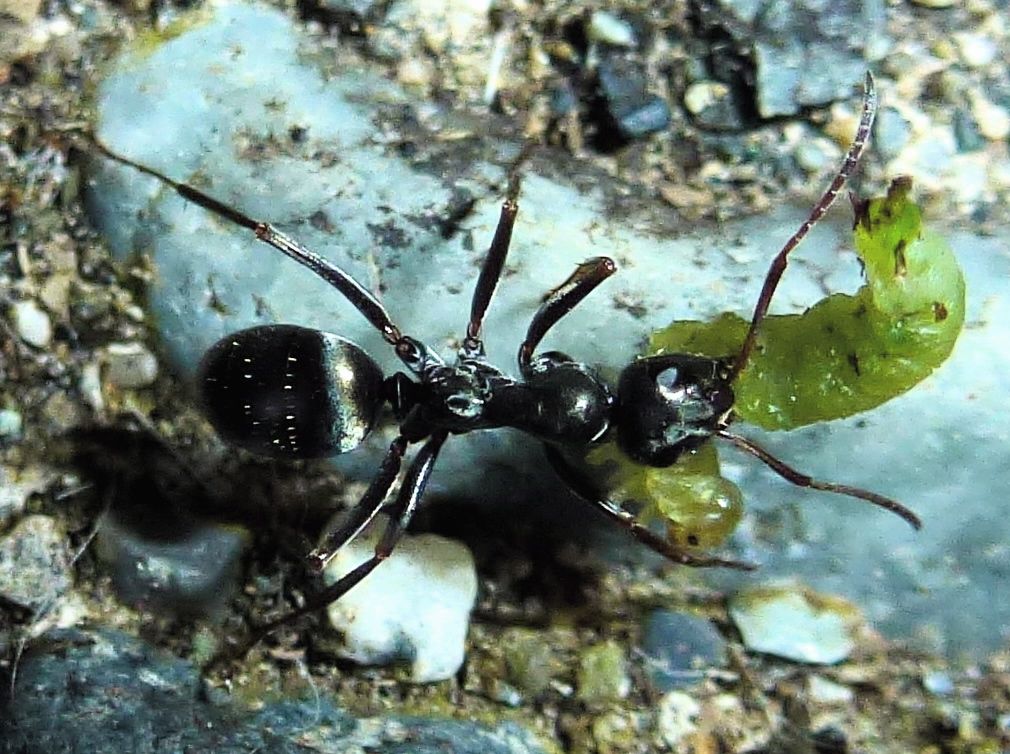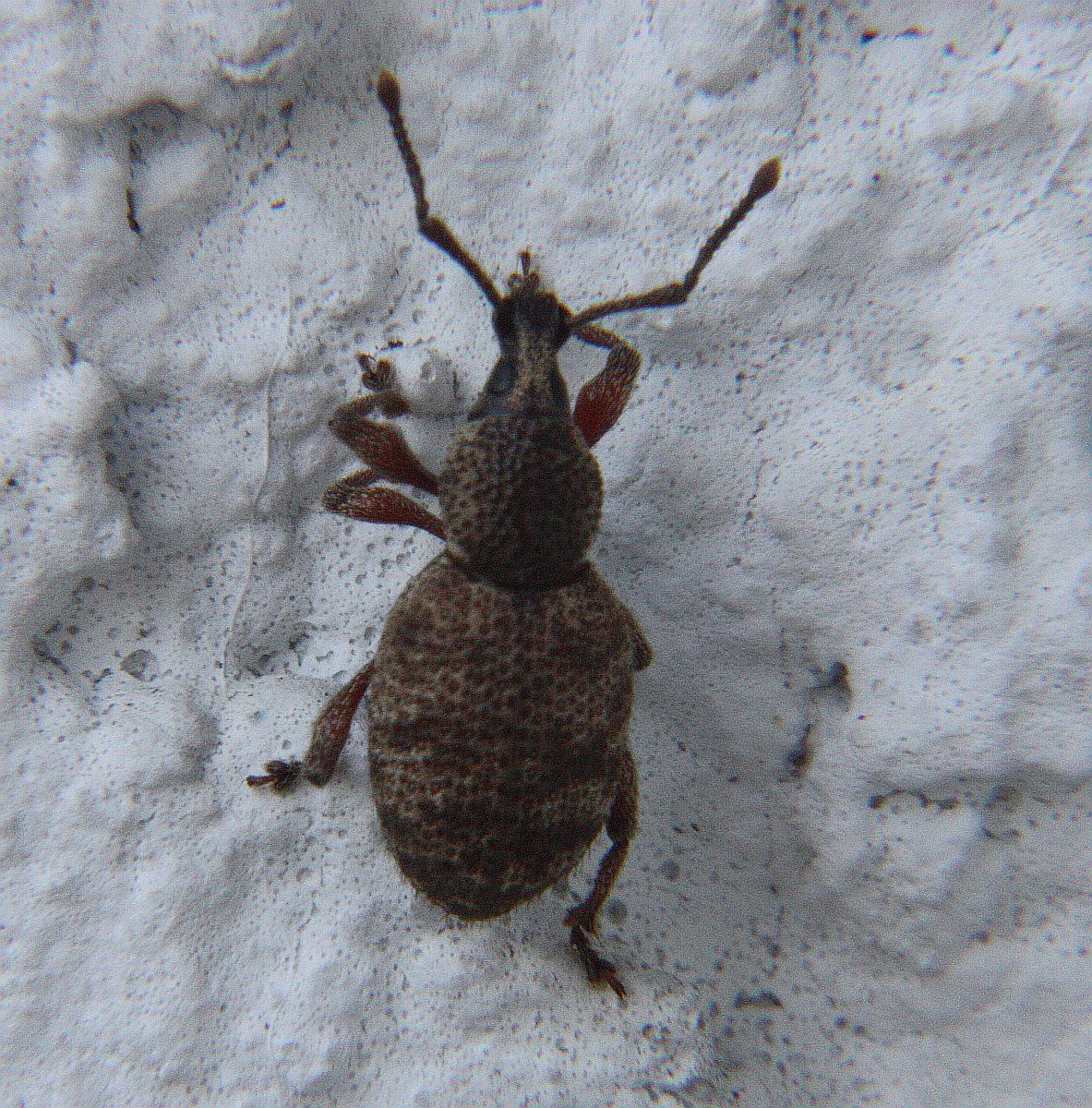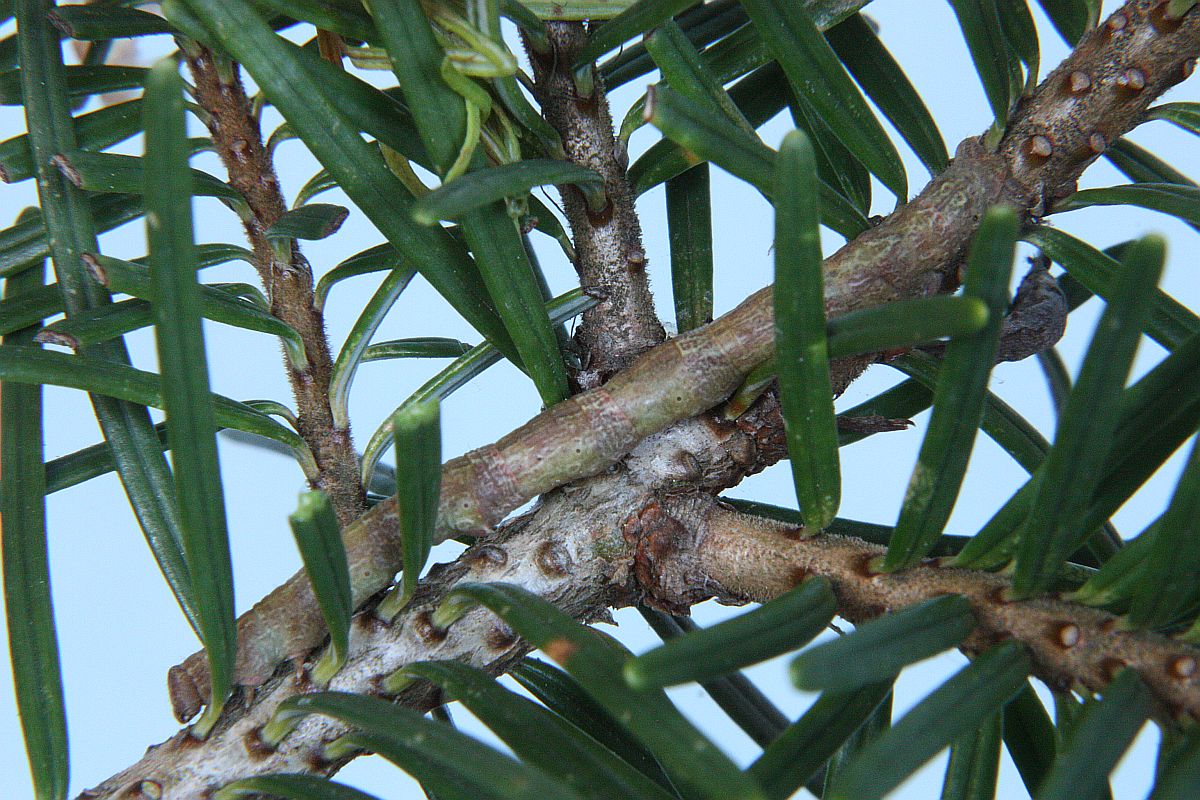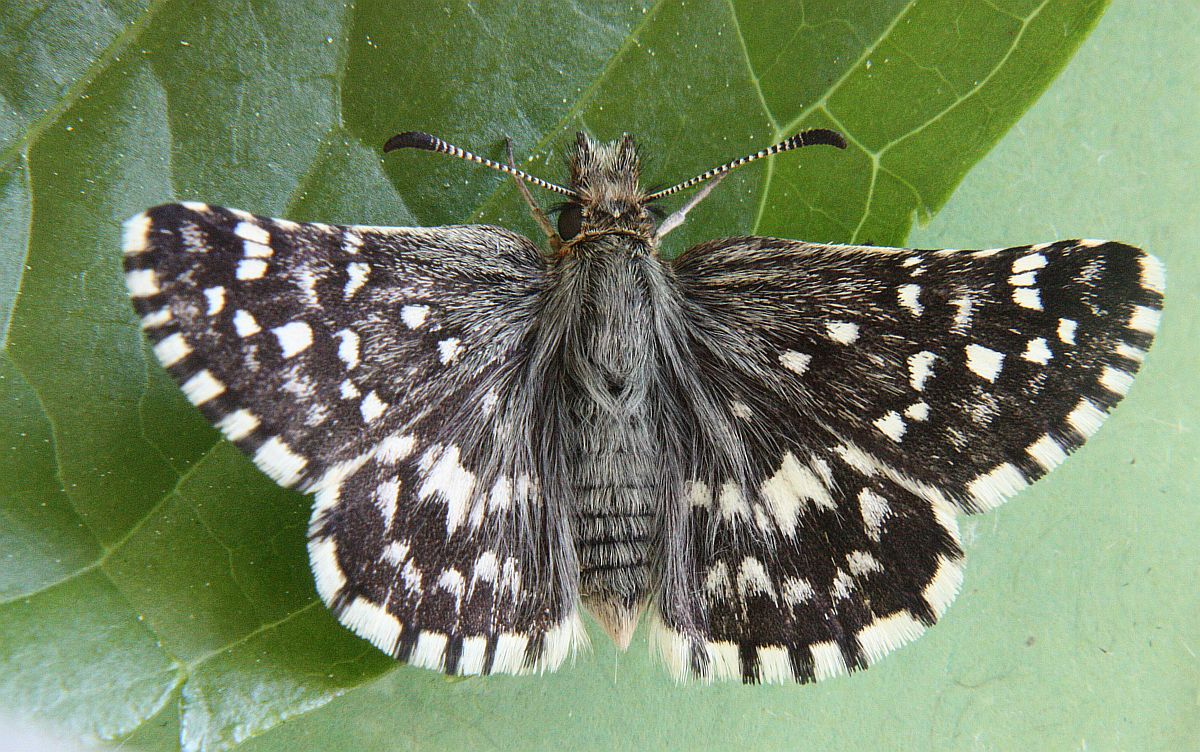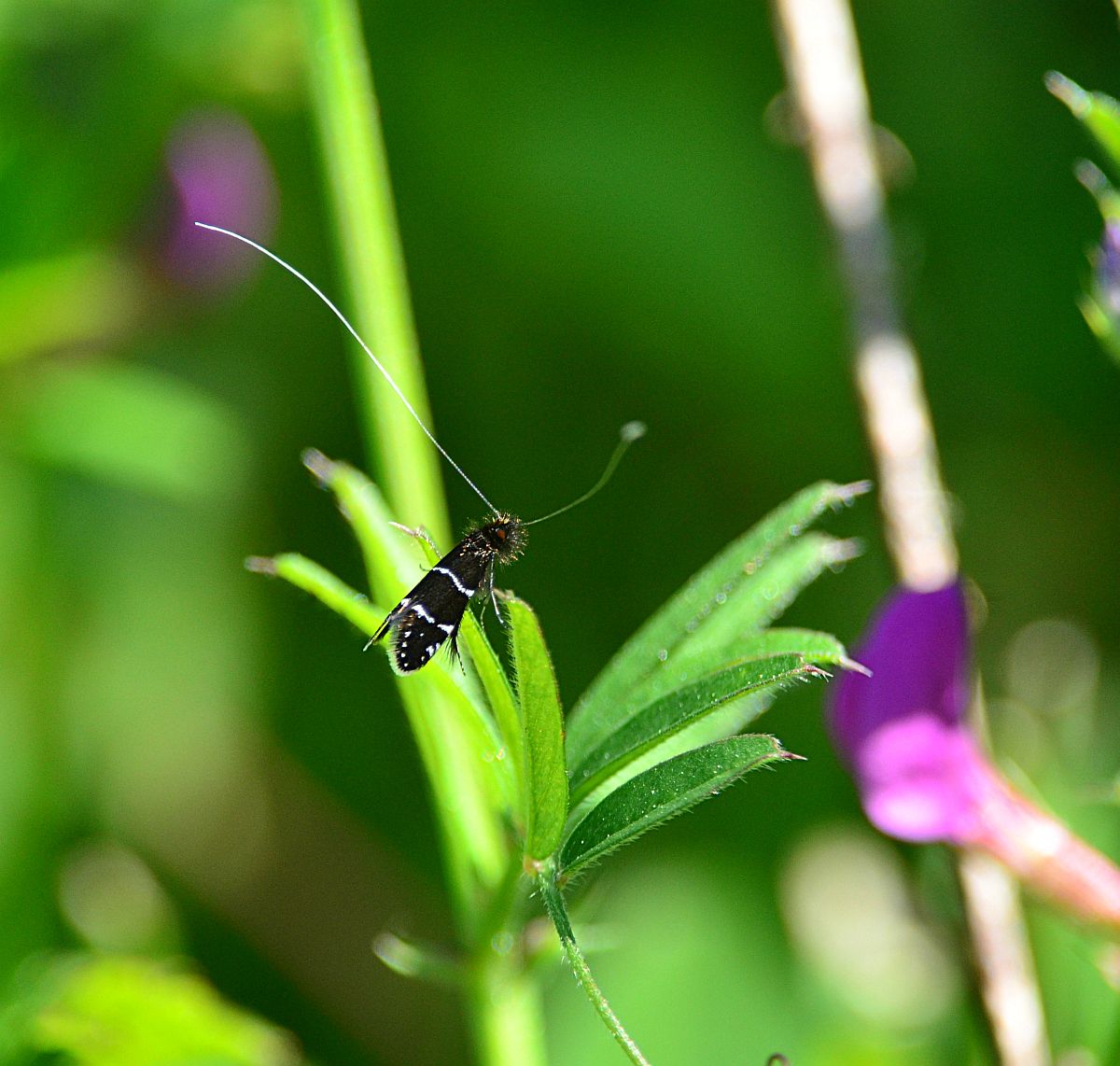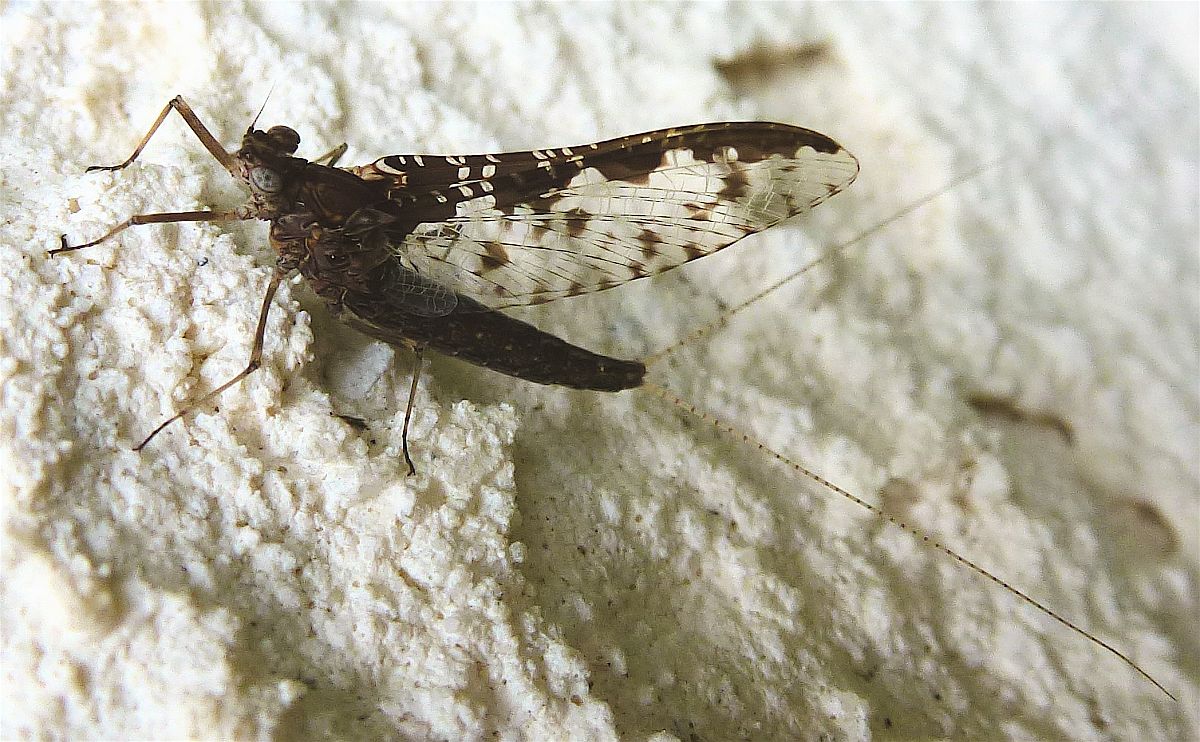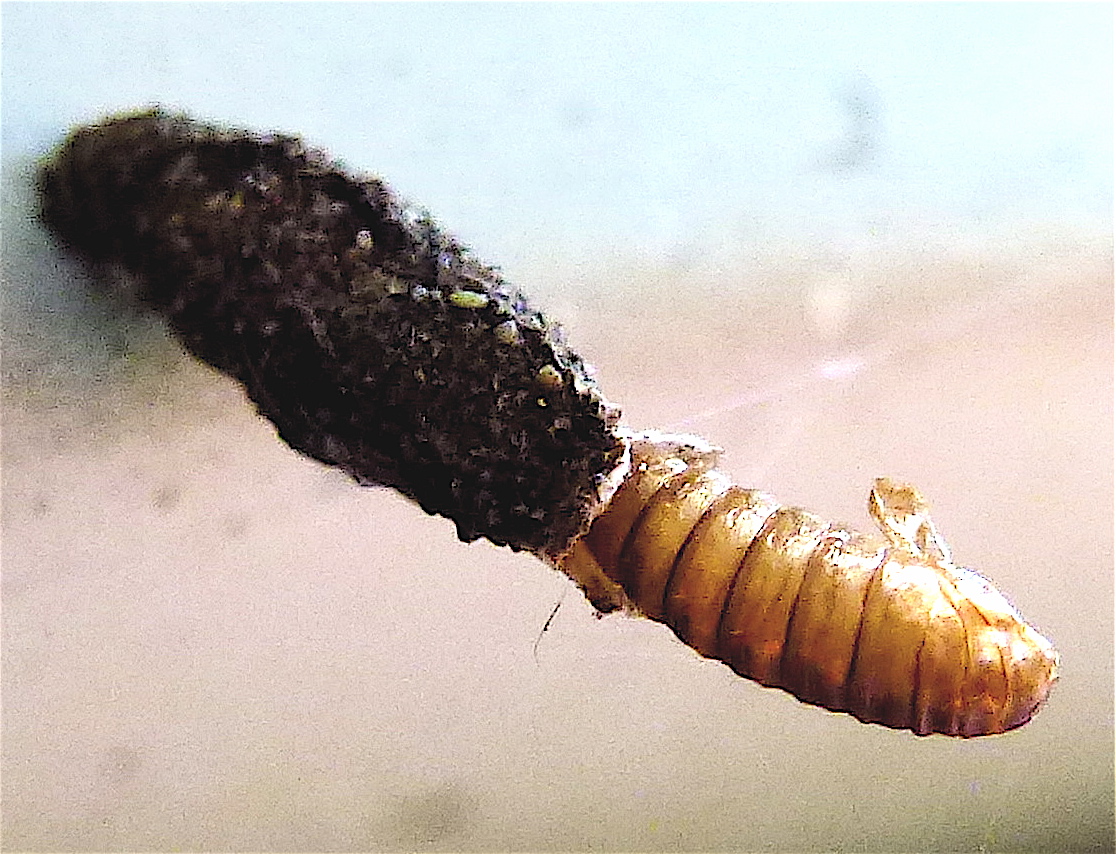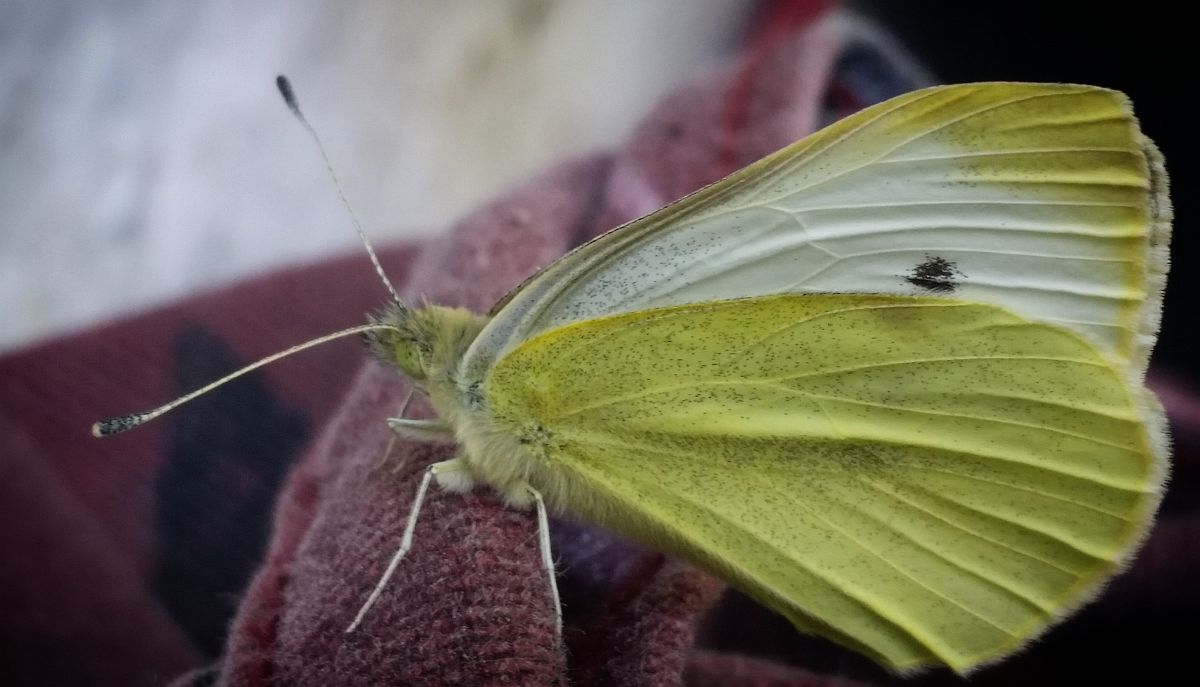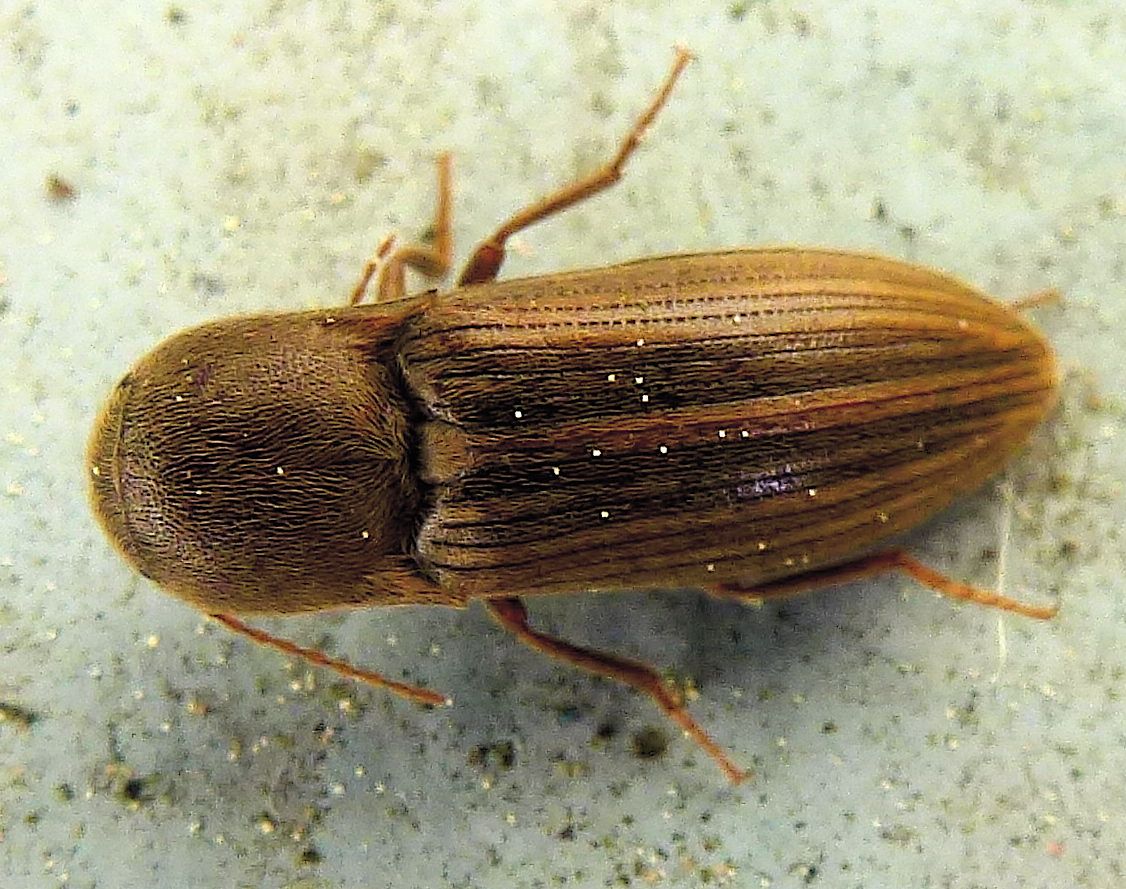2017 May 31
Some of us have difficulty in telling a bug from a beetle, so we start today’s entry with two bugs, and we thank Charlene Wood and Claudia Copley for identifications.
The first bug was photographed by Mik Yip in Nanoose Bay on May 23. Charlene remarks that the two white spots on the wing are characteristic of western specimens. They feed on a variety of plants as well as scavenging and predating other insects.
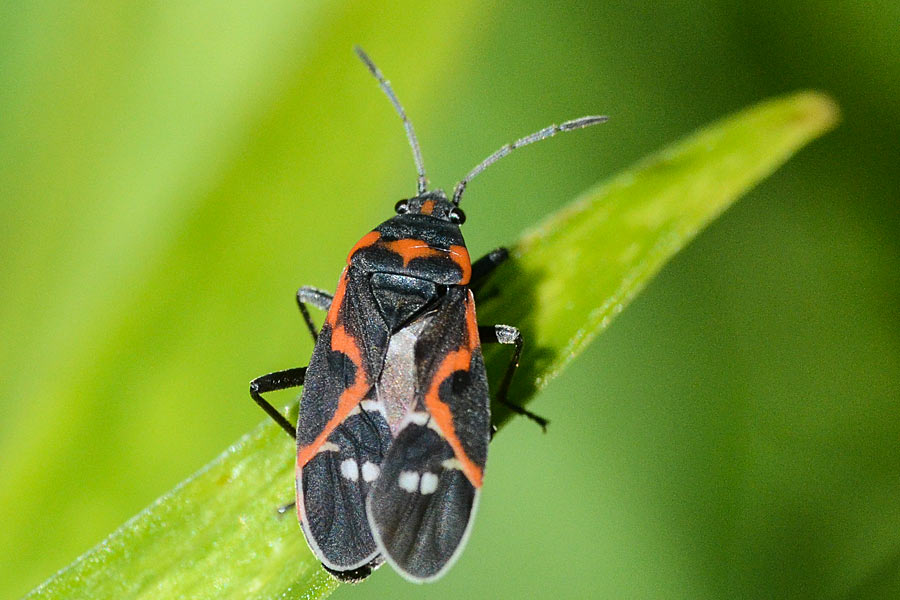
 Small Milkweed Bug Lygaeus kalmii (Hem.: Lygaeidae) Mike Yip
Small Milkweed Bug Lygaeus kalmii (Hem.: Lygaeidae) Mike Yip
The second bug was photographed by Dar Churcher in Colwood. At first we were not sure whether it was Brochymena or Halyomorpha, but Claudia set us right by pointing out the rough shoulders and no white bands on the antenna, which makes it Brochymena. There are several very similar species.
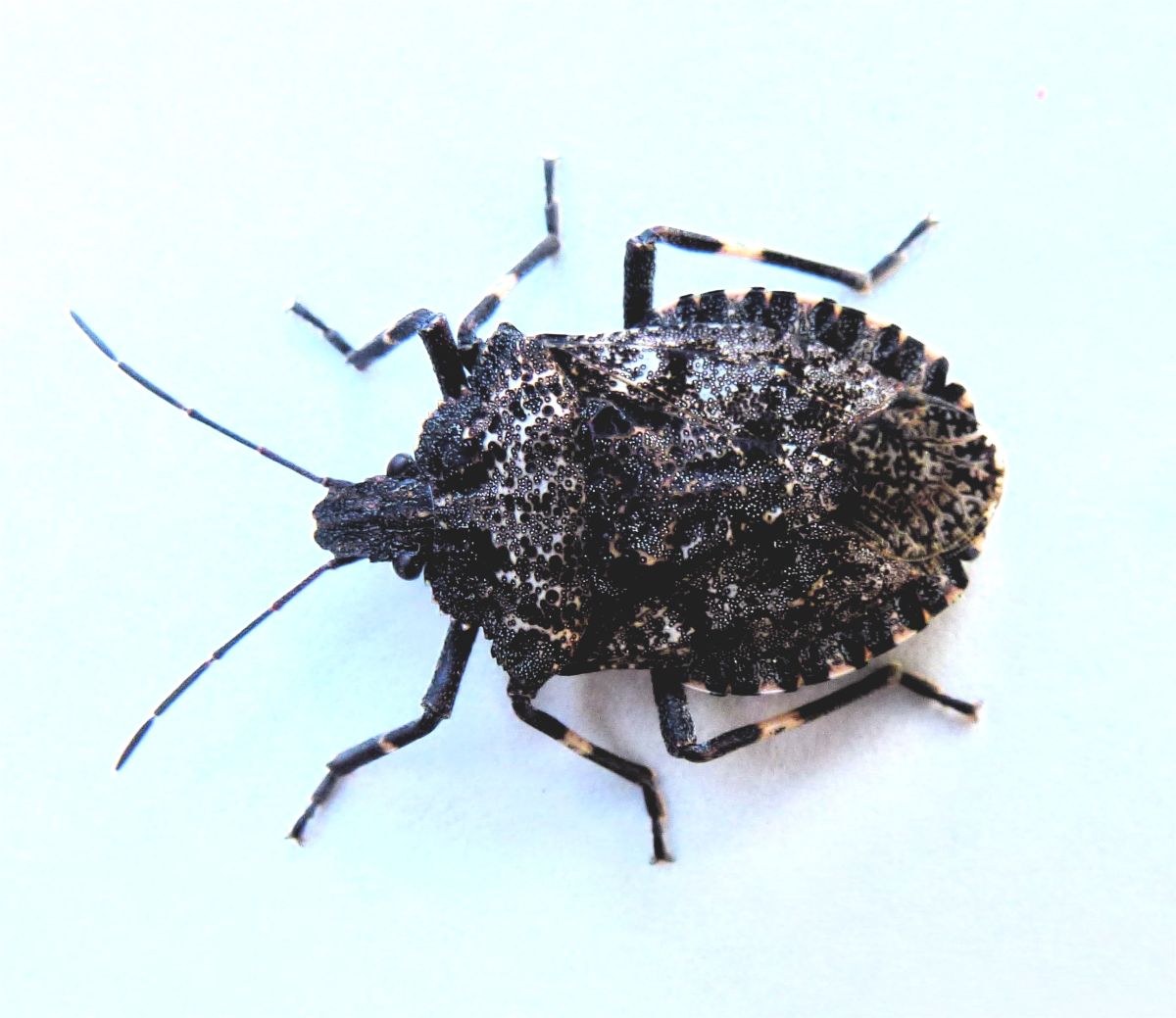
 Rough stink bug Brochymena sp. (Hem.: Pentatomidae) Dar Churcher
Rough stink bug Brochymena sp. (Hem.: Pentatomidae) Dar Churcher
The third photograph is a beetle. I often find this one or its larva inside my apartment, but Dar photographed it outside on a flower.
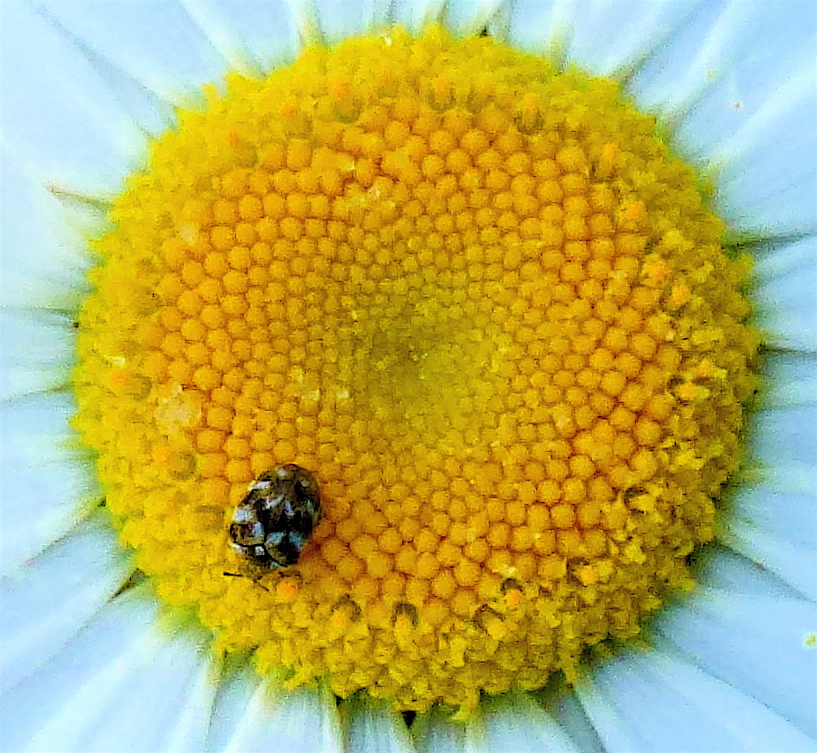
 Varied Carpet Beetle Anthrenus verbasci (Col.: Dermestidae) Dar Churcher
Varied Carpet Beetle Anthrenus verbasci (Col.: Dermestidae) Dar Churcher
I believe the fly below is a female blow fly.

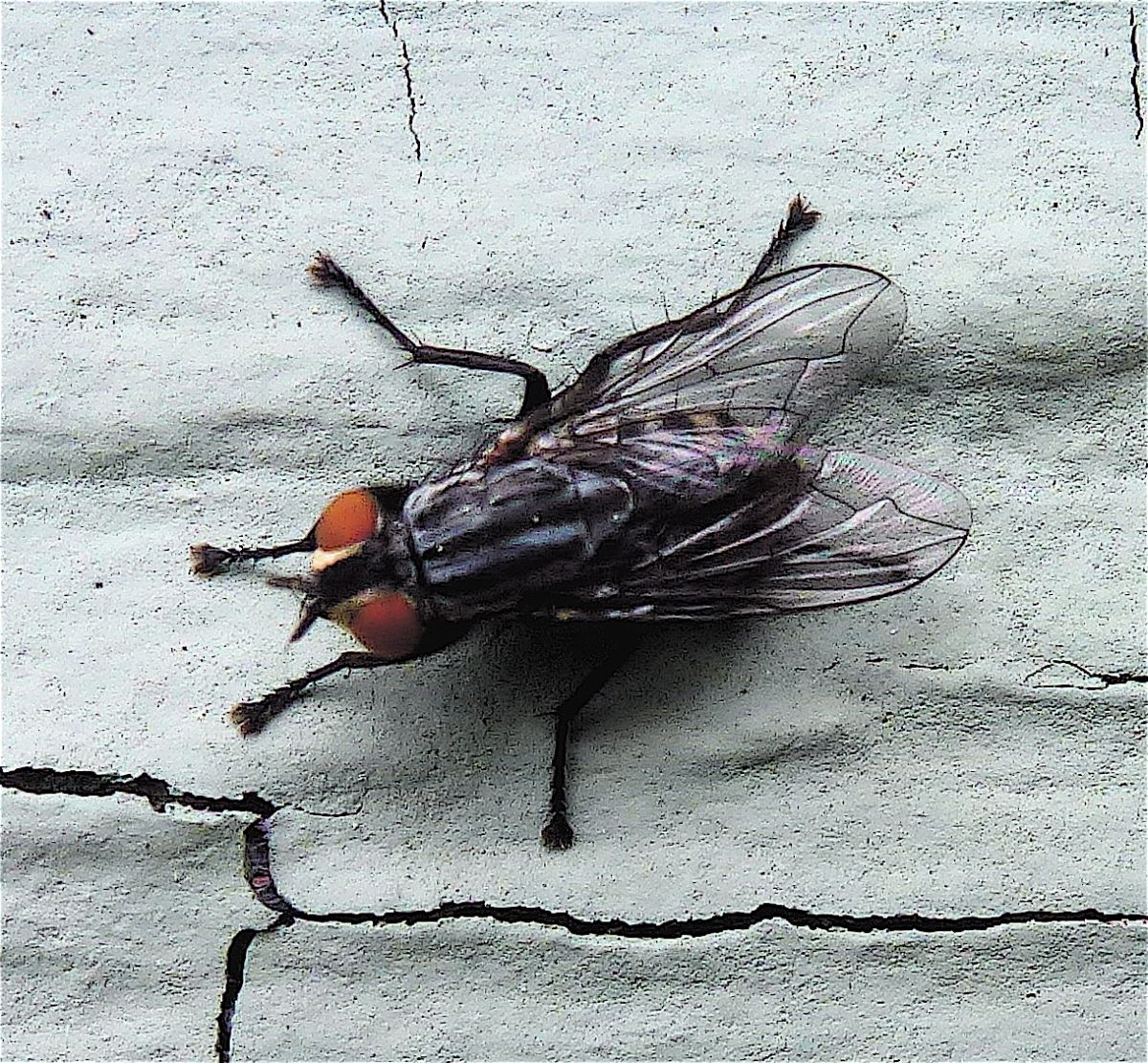
Blow fly Probably Sarcophaga sp. (Dip.: Sarcophagidae) Dar Churcher
The spider below was photographed and identified by Dar Churcher as a Woodlouse Spider. Apparently woodlice are among its favorite prey.
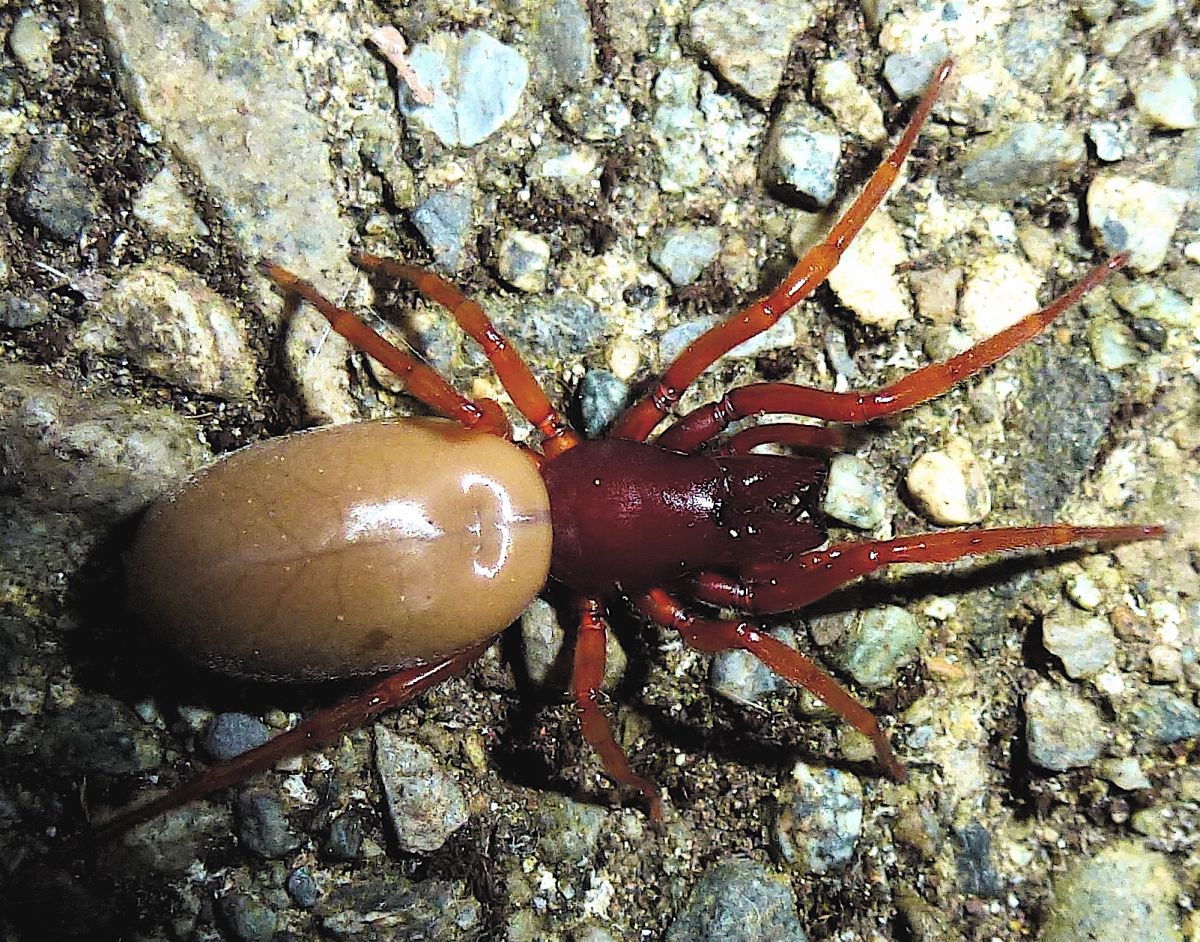
 Woodlouse Spider Dysdera crocata (Ara.: Dysderidae) Dar Churcher
Woodlouse Spider Dysdera crocata (Ara.: Dysderidae) Dar Churcher
Annie Pang sends a photograph of a Western Tiger Swallowtail (sans tails!) from Gorge Park, May 29 – the first report of this butterfly to reach Invertebrate Alert this year!

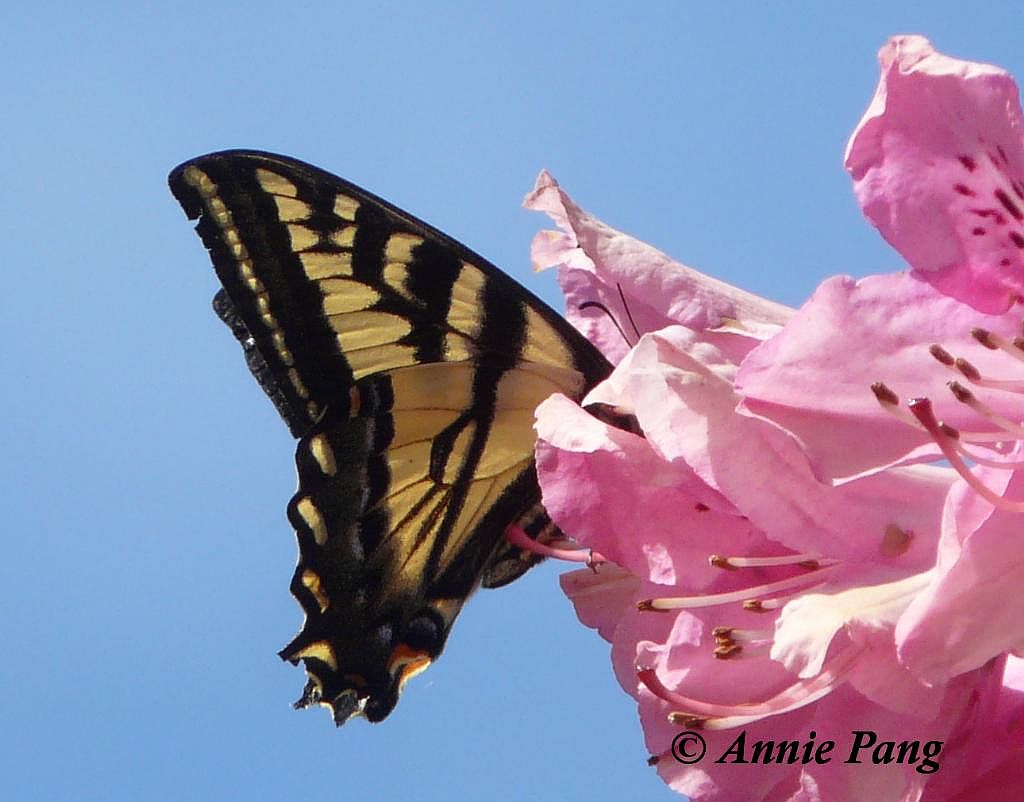
Western Tiger Swallowtail Papilio rutulus (Lep.: Papilionidae) Annie Pang
Jochen Moehr sends a photograph of a caterpillar of a White Satin Moth from Metchosin, May 31. This is a European moth, which has become quite common in our area. The caterpillar feeds on Salix and Populus, perhaps with a preference for Populus alba.
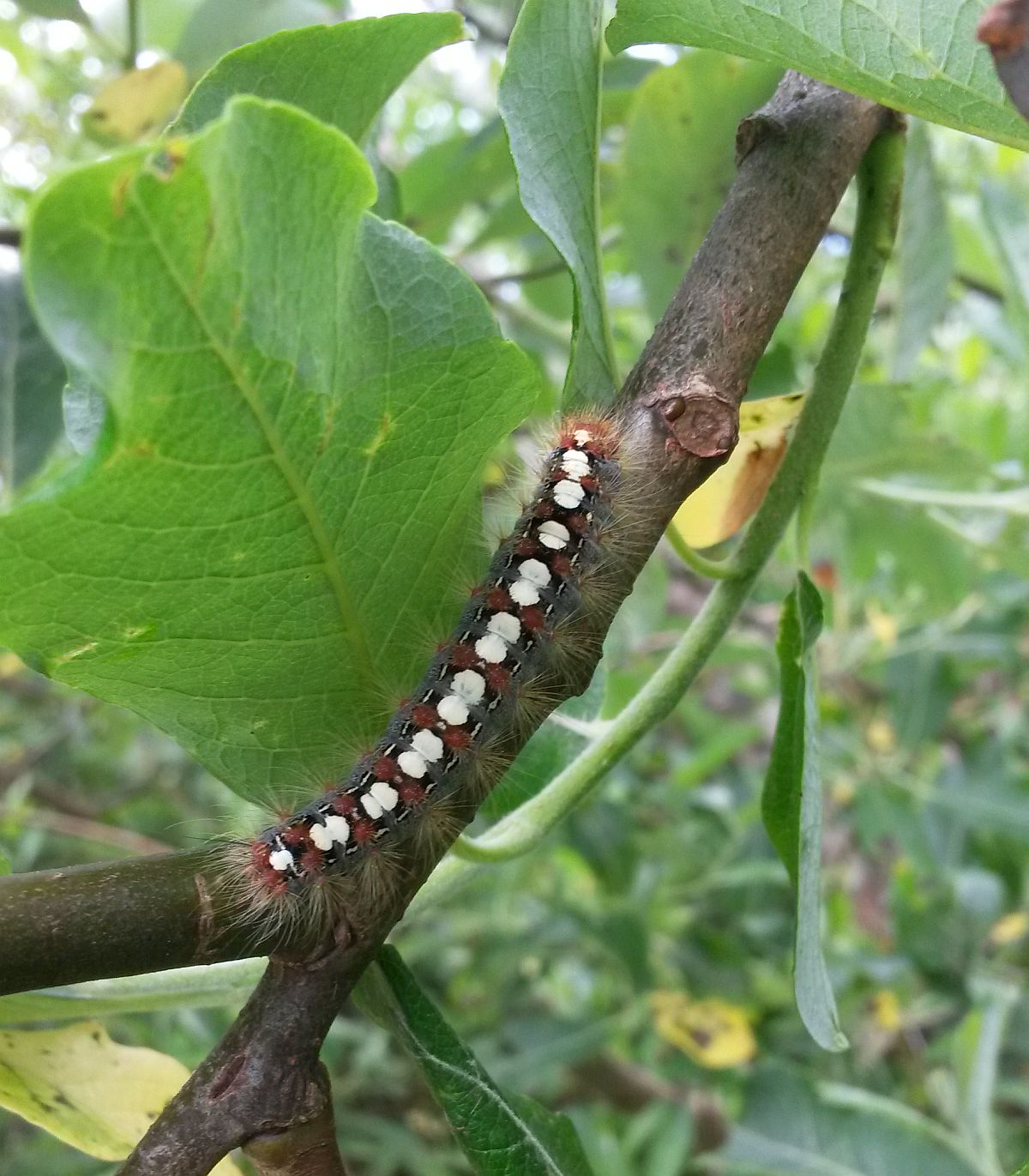
 White Satin Moth Leucoma salicis (Lep.: Erebidae – Lymantriidae) Jochen Moehr
White Satin Moth Leucoma salicis (Lep.: Erebidae – Lymantriidae) Jochen Moehr
One last photograph for today’s posting. More tomorrow! Two European Paper Wasps, from Colwood, photographed by Dar Churcher.
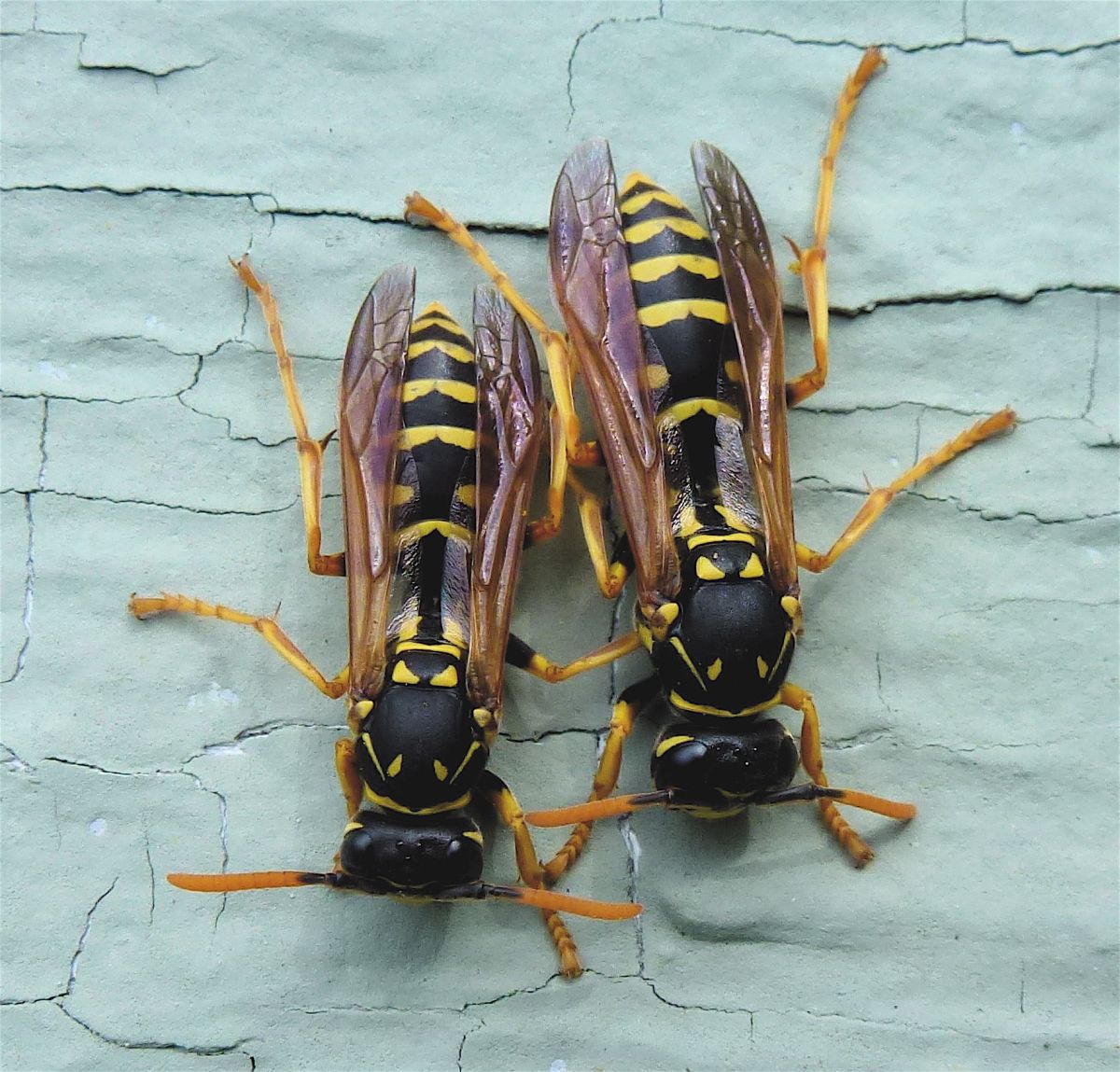
European Paper Wasps Polisres dominula (Hym.: Vespidae) Dar Churcher


